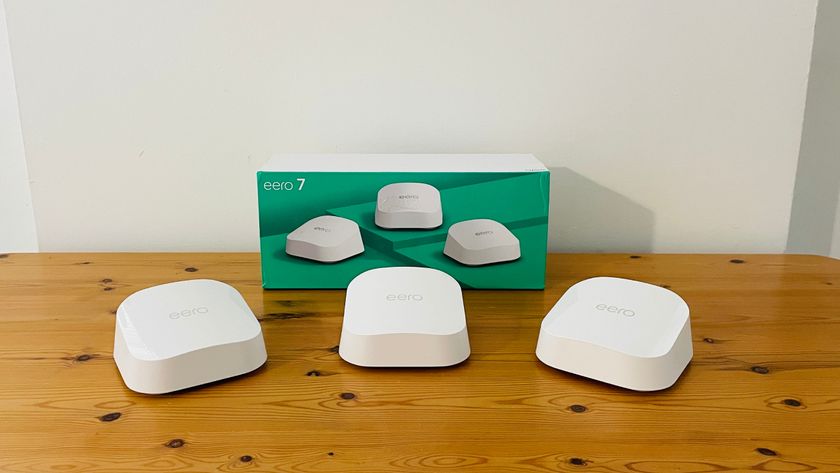The NBN: Everything you need to know
Everything you need to know about the National Broadband Network
From the outset, the NBN has been a political football, bruised and battered as politicians from both sides of parliament do their best to kick it in their favour.
The ALP claim FTTP is the best way to deliver superfast broadband to all Australians, while the current Coalition claim it is too expensive, and similar results could be attained with a FTTN network for a much lower cost.
While cheaper than Labor's NBN, the Coalition network will rely on current copper wiring to connect homes to nodes placed on street corners. Tony Abbott has claimed his party's NBN will deliver speeds of between 25Mbps and 100Mbps by 2016 and a minimum of 50Mbps connections by 2019.
While the Coalition hasn't set a rate to then run fibre from the node to a residence if a person requests it, Turnbull's example indicates that it could cost around $3000 for this service.
Adding to this, Telstra CEO David Thodey in June 2013 said that the copper network was in fine working order, though there has been concerns over the years about its condition. The Coalition's policy could in turn receive a boost after Thodey said that the century old copper network could last for another 100 years.
Bill Morrow replaced Mike Quigley as NBN Co's chief executive in December of 2013 along with many executives, following the Coalition's election win.
The coalition will use FTTN to service more than two thirds of the total rollout. 10 per cent of the the premises selected to have FTTP will be replacing either high maintenance or broken copper infrastructure. The Coalition expects to complete 65 per cent of the roll out by 2017 with the remainder largely being HFC connections that will be updated by 2019.
Get daily insight, inspiration and deals in your inbox
Sign up for breaking news, reviews, opinion, top tech deals, and more.
Speed
FTTP initially delivers a theoretical maximum download speed of 100Mbps, whereas the Coalition's plans to use copper from the node reduces this to a maximum of 80mbps. This is not a huge difference immediately and many people would not require the faster 100mbps for some time but it does limit the future potential of the infrastructure.
British researchers have already developed a way to realistically deliver 20Gbps speeds over fibre, potentially upgradeable to 40Gbps, at 80mbps copper is at it's limit.
Infrastructure longevity
FTTN will eventually need to be upgraded to Fibre to the Premises. In the short term, the Coalition will connect some locations that need the faster download speeds, but plan to wait until there is demand for full fibre broadband across the country.
The Coalition has offered the option of paying for 50 per cent of the cost to build fibre infrastructure if a user or investor is willing to put forward the other half of construction costs.
When you consider that only 38 per cent of properties with new broadband connections are actively using the connection, it is understandable that the Coalition is attempting to save some money by using what is already there first. The majority of fiber in the NBN is still being constructed providing a decent base infrastructure that can be developed in the future.
The Coalition's support of competition also means that private companies are likely to create much of the final infrastructure themselves, allowing those who need it to have access but others who have no use for it yet will not add unnecessary expense.
The main unknown is HFC. In 2011, it was assessed as a poor broadband infrastructure investment as it was expensive to upgrade and struggled to maintain effectiveness with increasing volumes of connected users.
NBN Co's CEO Bill Morrow recently said that HFC infrastructure is capable of delivering much faster speeds than many think. There are also new technologies that could allow HFC to have gigabit download speeds, but its inability to handle volume may make it an inefficient technology in the future.
Considering it is planned to connect over a third of the total NBN rollout, the success of the HFC will be a decisive factor in the success or failure of the Coalition's NBN.













